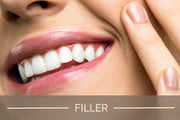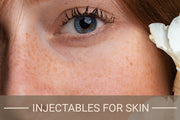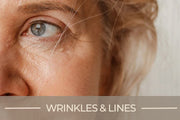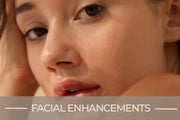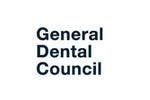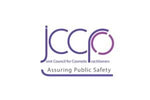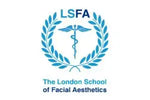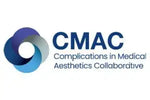What Are The Signs Of Botox Side Effects Or Complications To Watch For?
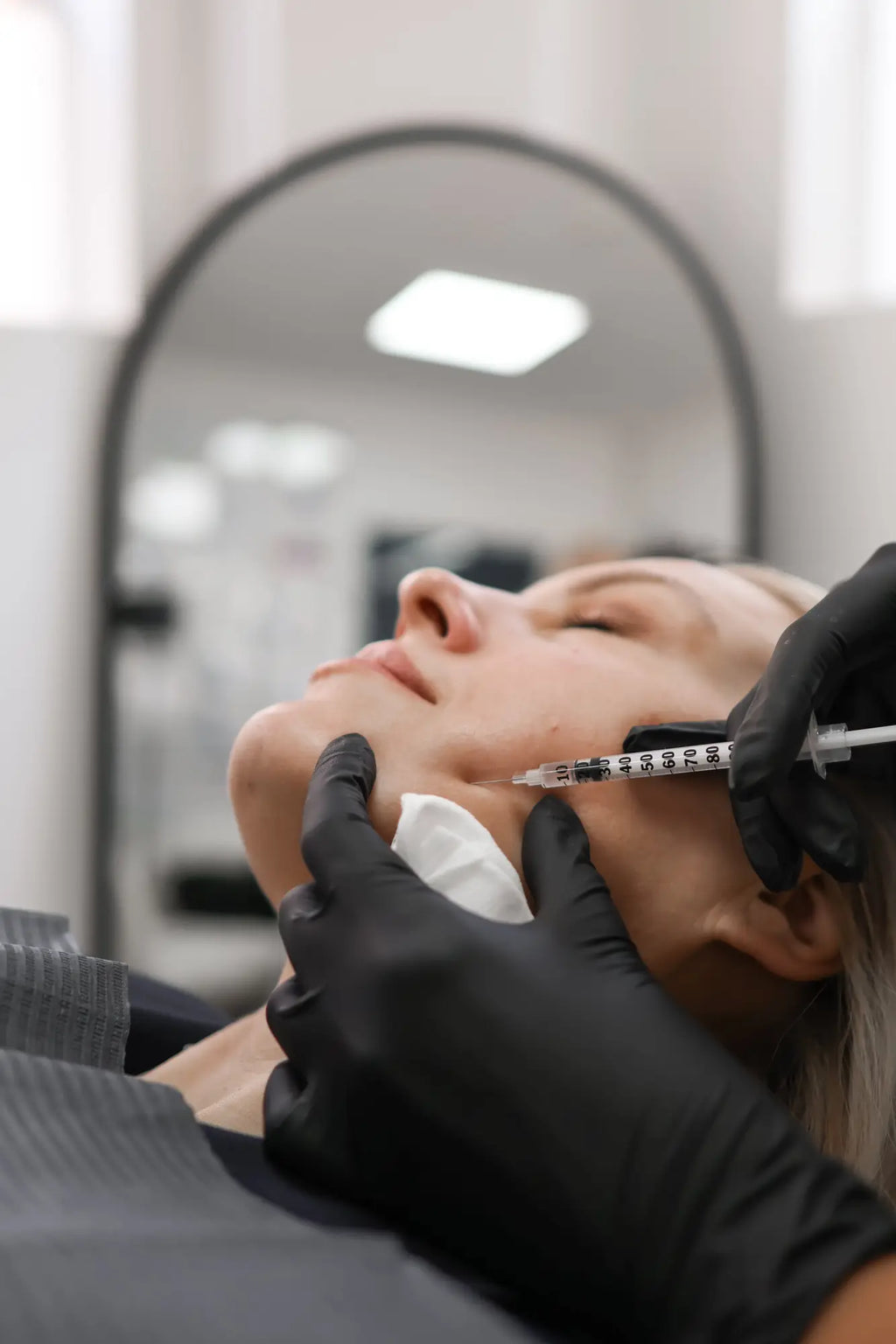
Content Verification



🎯 Key Points 🎯
- Keep an eye out for unusual swelling, bruising or redness – a little reaction is normal, but too much might be a sign to have a chat with your practitioner. 🤔
- Notice any persistent muscle weakness or a droopy look? That could be a clue that something’s not quite right. 🧐
- While complications are rare, if you’re feeling off, it’s best to seek advice straight away. 📞
💡 Expert Advice & Tips 💡
- Follow your practitioner’s aftercare instructions to the letter – a little care goes a long way in keeping you glowing! 💁♀️
- Stay calm and monitor your symptoms; if anything seems unusual, don’t hesitate to get in touch with a healthcare professional. 🚑
- Remember, being informed is key – a dash of caution ensures you’re well equipped to handle any unexpected reactions. 😉
Botox treatments have become a trusted solution for smoothing wrinkles and achieving a youthful appearance. However, while Botox anti-wrinkle injections are widely regarded as safe, potential side effects can occur. Understanding these risks is essential for a positive and stress-free experience.
Proper aftercare, as detailed in our Botox Injections Aftercare guide, plays a vital role in minimising complications. Recognising the signs of normal post-treatment reactions versus more serious issues ensures you act promptly if needed.
In this article, we’ll explore the signs of Botox side effects and complications to watch for, equipping you with the knowledge to make informed decisions about your Botox anti-ageing treatments. By the end, you’ll know what to expect and how to ensure your Botox for wrinkles is as safe and effective as possible.
Common and Mild Botox Side Effects
Mild side effects are a normal part of the Botox treatment process and are generally short-lived. Understanding these common reactions helps set realistic expectations and reduces unnecessary worry.
The most frequently reported mild side effects include redness, swelling, and minor bruising at the injection site. These occur as a natural response to the procedure and typically resolve within a few days. Some patients may also experience slight tenderness or a temporary headache.
Dr. Laura Geige, Medical Director and Skin Expert from It’s Me & You Clinic, explains: "It’s important for patients to recognise that mild side effects, like slight redness or swelling, are normal after Botox treatments. These usually fade quickly and rarely require medical intervention."
To manage these side effects, consider applying a cold compress to reduce swelling and avoid touching or massaging the treated area. Additionally, staying hydrated and refraining from strenuous activities for 24 hours can support a smoother recovery.
Signs of Uncommon or Severe Side Effects
While Botox treatments are considered safe when performed by qualified professionals, severe side effects can occasionally occur. Recognising these uncommon complications is essential for ensuring prompt medical attention and safeguarding your well-being.
Symptoms that may indicate a more serious issue include severe or persistent pain, drooping eyelids, difficulty breathing, or generalised muscle weakness. These reactions, though rare, may signal an adverse response to the Botox injections.
Dr. Snieguole Geige, Dentist, Medical Doctor, and Senior Adviser, highlights: "If patients experience symptoms like difficulty breathing or muscle weakness following Botox treatments, it’s crucial to seek medical advice immediately. These could indicate rare but serious complications requiring prompt intervention."
If you notice any of these symptoms, do not delay consulting a healthcare professional. Early identification and treatment can minimise risks and ensure a safe recovery. Always prioritise your health and consult a qualified practitioner for anti-wrinkle treatments.
Allergic Reactions to Botox Injections
Although allergic reactions to Botox injections are extremely rare, they can occur in some individuals. Recognising the signs of an allergic reaction is critical for your safety and ensures timely medical intervention if necessary.
Symptoms of an allergic reaction may include a rash, itching, swelling, or more severe signs such as difficulty breathing or a sudden drop in blood pressure. These reactions may appear shortly after the treatment or within hours.
Dr. Giedre Narkiene, an accomplished dermatologist, explains: "Allergic reactions to Botox treatments are very uncommon, but patients should know how to identify them. Signs such as difficulty breathing or widespread swelling warrant immediate medical attention."
If you suspect an allergic reaction, stop any activities and contact a healthcare provider immediately. For severe symptoms like breathing difficulties, call emergency services without delay. Ensuring you disclose any allergies or previous reactions to your practitioner before treatment can help mitigate risks.
Long-term Complications to Watch For
While Botox treatments are generally temporary, certain complications can persist longer than expected. These long-term effects, though rare, may impact the results and require additional attention from your practitioner.
Uncommon long-term complications include asymmetry, where one side of the face appears uneven, or prolonged muscle weakness beyond the typical duration of Botox effects. These issues may result from improper injection techniques or individual responses to the treatment.
If you notice prolonged or unexpected results, schedule a follow-up consultation with your practitioner. Regular assessments ensure your Botox anti-wrinkle injections are achieving the desired effect and address any concerns promptly.
Choosing a qualified and experienced practitioner is critical for minimising long-term complications. Dr. Snieguole Geige advises: "Botox treatments in London are widely available, but patients should prioritise expertise and a track record of safe practices to ensure optimal results."
Selecting a reputable clinic for Botox treatments not only ensures better outcomes but also provides the confidence that any complications will be professionally managed.
How to Minimise Risks of Botox Complications
Proper aftercare plays a vital role in reducing the risk of complications following Botox treatments. By following simple guidelines, you can ensure a smoother recovery and maximise the benefits of your anti-wrinkle injections.
Key aftercare tips include avoiding strenuous exercise, alcohol, or lying down for at least four hours after treatment. Refrain from touching or massaging the treated areas to prevent spreading the Botox to unintended muscles. For a more detailed guide, refer to our Botox Injections Aftercare article.
Dr. Laura Geige emphasises:"Adhering to aftercare instructions is essential for safe and effective Botox anti-ageing treatments. Compliance significantly reduces the risk of complications and enhances the treatment’s results."
Additionally, staying hydrated, avoiding extreme temperatures, and following your practitioner’s specific advice can further minimise risks. Proper aftercare not only ensures better results but also promotes your overall safety and satisfaction with the treatment.
Choosing the Right Practitioner
Selecting a certified and experienced practitioner for your Botox treatments is crucial for ensuring both safety and effectiveness. By choosing the right professional, you significantly reduce the risks associated with Botox procedures.
It’s important to seek a qualified practitioner when looking for Botox near me. Unqualified providers or clinics offering Botox injections with counterfeit products can lead to subpar results and increased risk of complications. Always verify that the practitioner holds proper medical qualifications and certification in administering Botox treatments.
Dr. Snieguole Geige stresses: "The expertise of your Botox practitioner directly impacts the safety and outcome of your treatment. A certified professional will understand facial anatomy and ensure that Botox injections are administered with precision, reducing the risk of side effects."
By prioritising experienced professionals for Botox treatments in London, you can have peace of mind knowing that your procedure is being carried out by someone with the necessary skills and knowledge to deliver safe, effective results.
The Bottom Line
Recognising the signs of Botox complications is essential for ensuring your safety and achieving the best results. If you experience any unusual side effects, always consult a professional for advice. Whether you’re considering Botox for wrinkles or anti-ageing treatments, it’s crucial to seek expert care for optimal outcomes. For comprehensive guidance, don’t forget to refer to our Botox Injections Aftercare article, ensuring you’re well-informed throughout your Botox journey.
Disclaimer: This article is for informational purposes only. Always consult a medical professional for personalised advice.
